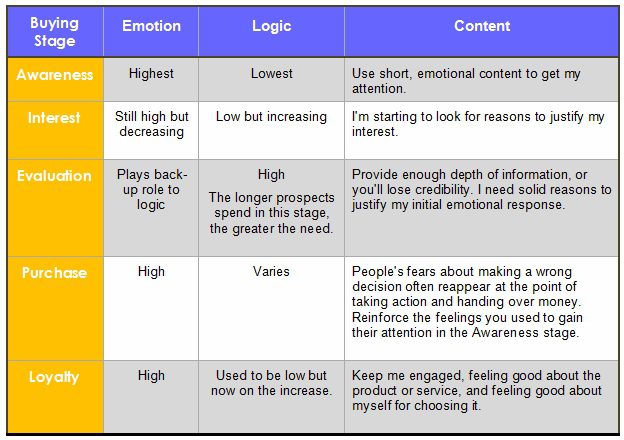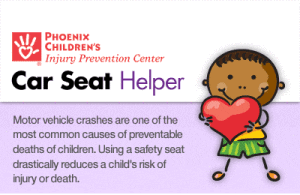So your nonprofit organization has hired a communications consultant, or maybe even a Director of Communications. But what do you really want from them?
Do you want them to help you raise funds? Or to engage the broader community?
It’s vital that you make this clear: to your communications maven and to yourself.
Raising Funds, or Building Community?
Author Kivi Leroux Miller says whether you’re a fundraising communicator or a brand-builder/community-builder affects everything you do.
If you’re a fundraising communicator, then most likely:
- You work for a smaller organization that can’t afford separate staff for both development and communications.
- You focus on people ages 55+, because they give more money.
- You use print and email marketing, and you send out direct mail appeals.
- You also use phone banks and events.
- You may “be on” social media but you’re cautious about it and see it as a lower priority.
But if you’re a brand builder or community builder, then probably:
- You work for a larger organization (at least a $1 million budget), and your organization has a written marketing plan.
- You focus on people under age 55, for the life-long value of the relationship.
- You see volunteering (including advocacy and fundraising with friends) as equally important with immediate donations.
- You do more content marketing than asking. You tell more often than you sell.
- You use social media regularly, and you aim to engage your community–not just do outreach.
Why Clear Expectations Matter
Your nonprofit needs to know which kind of communicator you have hired, and be clear about what you expect. That way, your communications person will know how to direct their efforts. And that way, you can define and agree on what will count as success.
What if you’ve engaged one person to do both jobs? According to Kivi’s estimate, about half of us communications professionals are asked to do both. She says:
These communicators are the ones I worry most about, because their jobs are much more likely to be poorly defined, and therefore they are much more likely to burn out and hate their jobs. We need all the creative, dedicated people we can get in this work, so I don’t want this to happen!
What It Takes to Succeed
What kind of communicator does your organization need, and are you being clear with them about what you expect? And do you provide the resources they will need to succeed?
Some nonprofit organizations hire one staff person to do all their communications and then give that staff person a consultant to call upon. If the staff person is great fundraiser but hasn’t had much experience building a community, the consultant should know all there is to know about engagement and mobilization.
If the staff person is really good at building community (online and face to face), but they don’t know that much about donor communications, then call me! We can work together to make sure your nonprofit organization has loyal friends who show up, speak out…AND give money.




